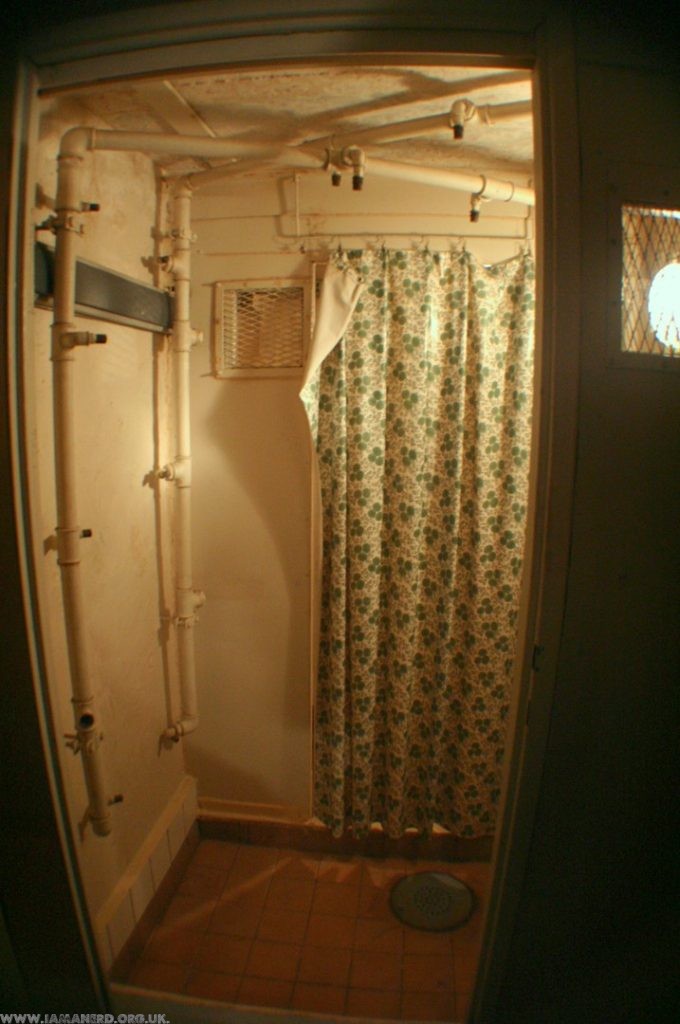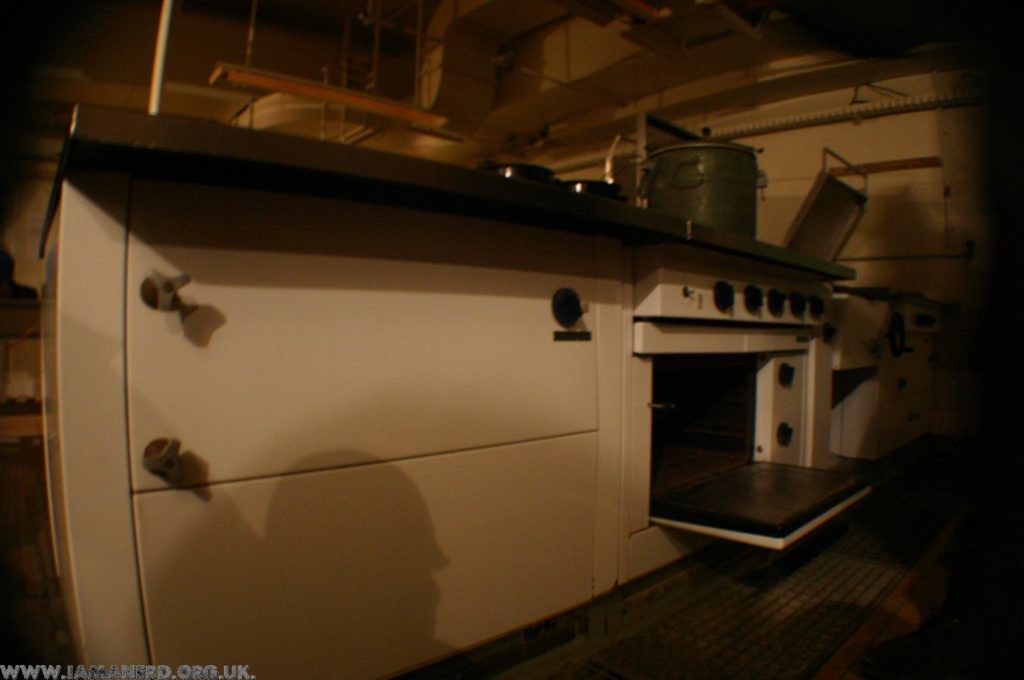Teufelsberg was an American Listening station during the Cold War.
From https://www.visitberlin.de/en/teufelsberg
A listening station during the Cold War, today, a popular place for a day out in the Grunewald. Enjoy a fantastic view of Berlin from Teufelsberg!
Look to the east and see the TV Tower and cathedral sparling in the setting sun. 114 metres up on a hill of rubble, the view of Germany’s capital is uniquely beautiful. Teufelsberg played the role of its life in the drama known as the Cold War – as an American listening station.
In the early 20th century the area was covered in bogs and mud, but that all changed when the Nazis came to power. As part of the plans for Germania – Hitler’s vision for a completely renewed Berlin – work began on the construction of a university faculty for military technology, but it was never completed, and destroyed in the war. After the war, trucks brought rubble from the rest of the devastated city to the site near Heerstraße and it soon piled up to become the highest point in West Berlin. The dumping stopped in 1972, trees were planted to make the man-made hill more attractive, and a ski slope was built complete with a ski lift, a ski jump and a toboggan run.
The Americans also soon recognised the usefulness of the artificial hill. From the 1950s onwards, antennas and radomes were erected on its two hilltops for espionage and intercepting communications. Huge dishes were built for intercepting, listening to and jamming radio signals from the Eastern Bloc.The field station was used by the American forces until the end of the Cold War in 1989. The four striking radomes are what still gives Teufelsberg its mysterious aura today.
Over time, the eavesdropping facility developed into the most important and largest of the Allies’ echelon spy network. It thus also functions as a career springboard in the field of intelligence for those who work there.
After the end of the Cold War and the departure of the allied forces, the complex was used for air traffic control until 1999, when the city government sold it. However, all the plans for a new use came to nothing. In 2007, the American film director David Lynch wanted to buy the complex in in order to set up a “Vedic Peace University” with the controversial Maharishi Foundation.
Today, tours are available where you can view the remains of the complex with its five large radar domes. The listening station is now probably the most well-known of Berlin’s formerly secret sites. The ruins of the station and its satellite dishes are covered in graffiti and exude a morbid charm. You can still feel the spirit of the Cold War which once permeated the city.
This site is all over the internet and has been done to death so i won’t waffle any further. We came here in 2008 while in Berlin to visit Objekt 5001, at the time is was completely wrecked and the fence was missing in one section so we just strolled in.






































































































